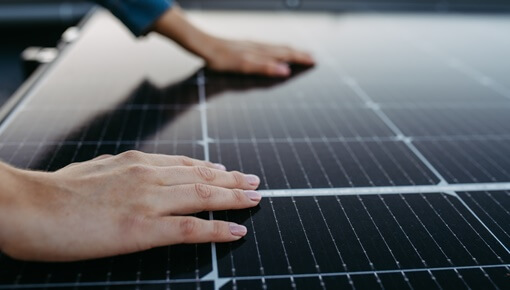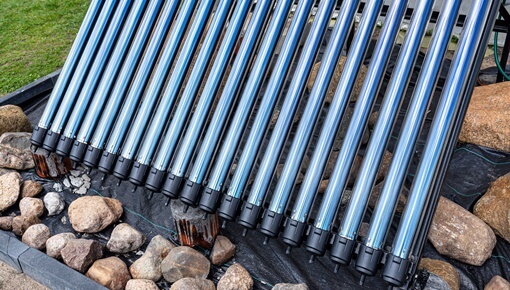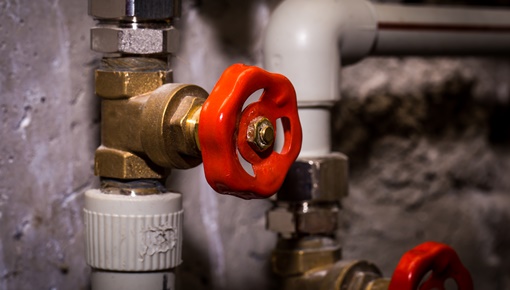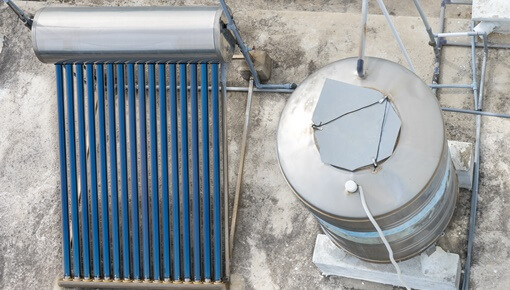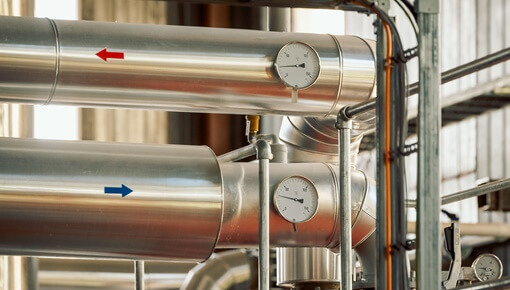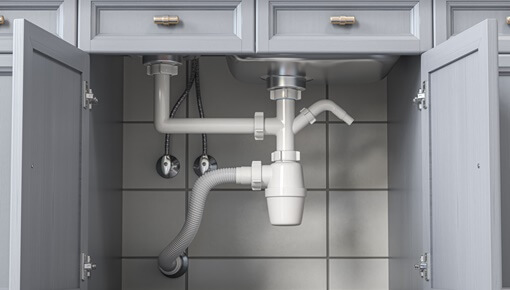Solar Water Heating
Solar water heating systems consist of three main components:
- A Collector-designed to “trap” and transfer the sun’s radiation
- Heat Transfer Liquid-transfer the “trapped” heat from the collector to heat the water.
- Hot Water Cylinder/Geyser- for storage of the heated water.
Types of solar collectors
Flat Plate Collectors
A flat-plate collector has the following features:
- A cover (glazing), usually made of toughened glass.
- An absorber plate, coated with a high absorption and selective coating.
- A tube system that removes the absorbed heat to the tank.
- A casing with insulation on the back and sides to assist in maintaining the absorbed heat.
Evacuated Tube Collectors
Vacuum tube collectors have the following characteristics:
The collector in this type of system is located in individual glass tubes. These tubes are rigged in parallel with one another to make up the collector.
When tubes are exposed to high temperatures, the air inside them is forced out or “evacuated”. This evacuation of the air creates a vacuum effect and it is this vacuum effect that makes the tubes good insulators. In plain English, this vacuum effect keeps the heat (hot water) inside the tubes, while leaving the outside cool. Heat pipes have a single layer of glass whereas evacuated tubes have a double layer of glass. Heat pipes and evacuated tube collectors both contain a special fluid which begins to vaporise at low temperatures. The steam rises in the individual tubes and warms up the water in the main pipe by means of a heat exchanger. The condensed liquid then flows back into the base of the heat pipe.
Direct System
Forced circulation /
Pumped system
The collectors are mounted outside on the roof, with the geyser installed in a different location , either inside the roof or on the floor. Heat transfer liquid is circulated by a small circulation pump.
Either a 12V DC pump with a photovoltaic panel or a 230V AC pump with a differential controller is used.
The DC pump will only function if there is enough sun light to power the photovoltaic panel, which will ensure that there is no heat loss through the collector. The AC pump is controlled with a differential controller which will monitor the temperature on the collector and the geyser. This differential controller switches on the pump when the correct temperature is detected at the collector (the controller will only allow water to be released once the water in the collector is higher than that stored in the storage vessel/ water tank at any given time).
The differential controller therefore also switches the pump off when the heat transfer liquid’s temperature is lower than the temperature of the water in the geyser.
Thermo Siphon System
The geyser is installed higher than the collector. Thermo siphon systems work with the natural laws of circulation – hot water rises and cold water sinks. As the water in the collector is heated, it rises naturally into the geyser, while the cooler, heavier water in the geyser flows down to the bottom of the collector, causing circulation through the systems. Thermo siphon systems can be either close-couple or split systems. In a close- couple system, the solar geyser and collector are mounted external and close together. In thermo siphon circulation close-couple system is very reliable if installed properly.
In a split thermo siphon system the solar geyser and collector are separated with the geyser usually installed in the roof. The geyser must be above the collector with connecting pipes rising smoothly. The pipes should not level out or dip at any point, as this could cause poor circulation.
We operate in the following areas:
- Midrand
- Centurion
- Pretoria East
- Pretoria West
- Pretoria North
- Pretoria Central
- Hartebeespoort Dam
- Brits
- Johannesburg
- Bronkhorstspruit
- Witbank
- Middelburg
- Limpopo

